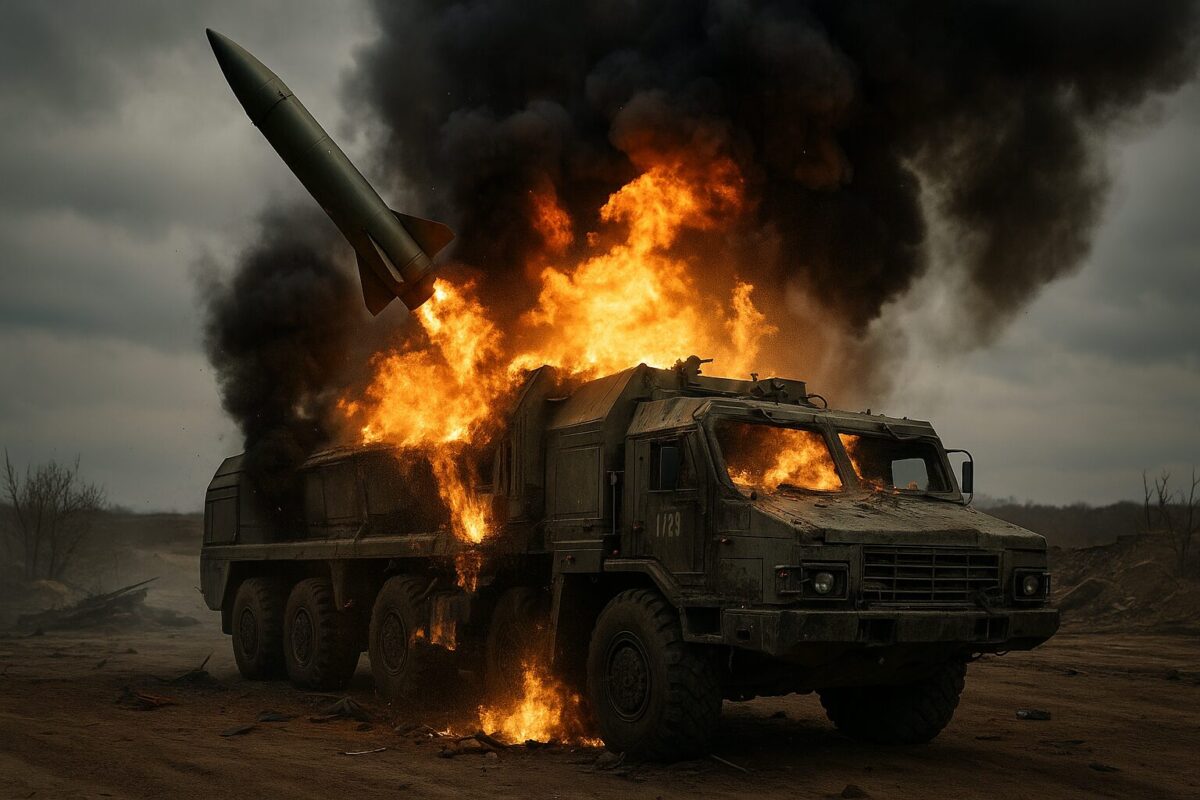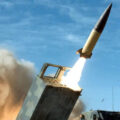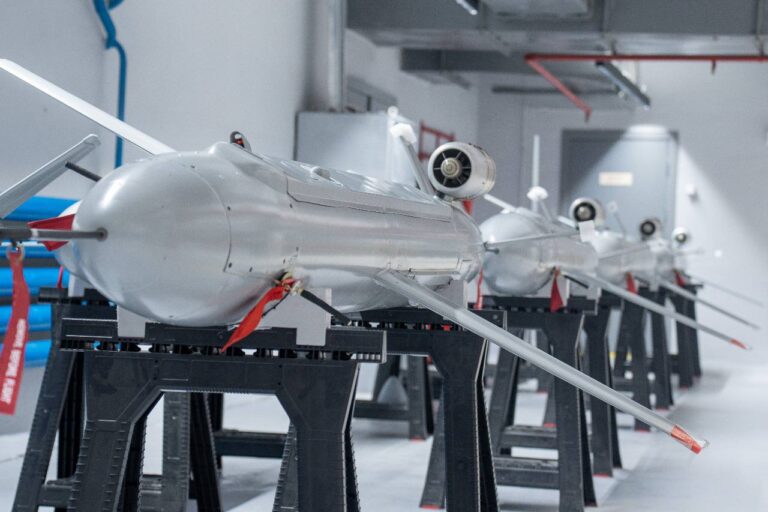
Iskander Launchers Destroyed in Bryansk: A Tactical Failure for Russia or a Strategic Breakthrough for Ukraine?
The recent developments on the Russia–Ukraine front have once again demonstrated that Ukraine’s armed forces are not merely defending — they are striking proactively. According to Ukrainian intelligence and official security sources, Russia’s 26th Missile Brigade, stationed in the Bryansk region, was targeted just as it was preparing to launch missiles against Ukraine. One Iskander missile system was completely destroyed, and two others were severely damaged and rendered inoperable. The entire strike was executed within minutes — moments before the intended launch.
What we know about the Bryansk strike
The operation was meticulously planned. The Ukrainian Armed Forces struck during a critical window — the short time when missile systems are armed and fully powered, but not yet launched. It’s a moment of maximum vulnerability, both physically and psychologically.
Out of three Iskander units, one was obliterated. The other two suffered extensive damage, and preliminary assessments suggest they cannot be repaired.
Why this matters — and where Russia went wrong
First, these weren’t random targets. Iskanders are among Russia’s most expensive and strategic weaponry. Unlike cheaper systems like Grad launchers, Iskanders are high-precision tools that Moscow cannot afford to lose.
Second, the 26th Brigade has been repeatedly linked to missile strikes on Ukrainian cities — Kyiv, Dnipro, Kharkiv. In other words, this was a targeted strike against a known and critical logistical node in Russia’s missile infrastructure.
Third — and most crucially — Ukrainian forces not only located the system, but struck precisely during its most vulnerable moment. This reflects a shift: from reactive defense to preemptive strategy. Intelligence networks, drones, signal interception, and satellite imagery — it all came together in real-time execution.
Relevant
Is Yandex unwittingly helping Ukraine?
At the same time, a curious development has drawn attention: blurred or pixelated areas on Yandex Maps. Online observers noted that some parts of the map — particularly around military and industrial sites — appear to be deliberately obscured.
Ironically, these “blurs” may have the opposite effect: rather than hiding targets, they may be highlighting them. Analysts in both Ukraine and abroad point out that such censorship often draws attention, and when paired with satellite tools, can become a clue — not a cover.
There’s no direct evidence linking these maps to the strike, but the situation underscores a deeper issue: Russia’s attempts to hide strategic assets may be backfiring.
Another blow to Russia’s military initiative
Each successful Ukrainian strike like this isn’t just about the destruction of assets. It’s about exposing weaknesses in what was once presented as an impenetrable system. A country that invested for years in projecting the image of a military superpower is now watching its strategic assets burned on camera — sometimes due to its own digital missteps.
Even the narrow “launch window” of a few minutes proved enough for Ukraine to anticipate and neutralize the threat.
This operation in the Bryansk region revealed several truths:
- Ukraine’s intelligence has deep access into Russian territory.
- Modern warfare depends on timing, data, and precision more than brute force.
- Russia is not just losing hardware — it is losing operational control.
This wasn’t Ukraine’s first successful deep-strike operation — and it won’t be the last. But it reinforces one critical fact: in 21st-century warfare, the victor is the one who sees clearly, acts swiftly, and strikes surgically. Ukraine is proving it knows how to fight this kind of war — and win it.














